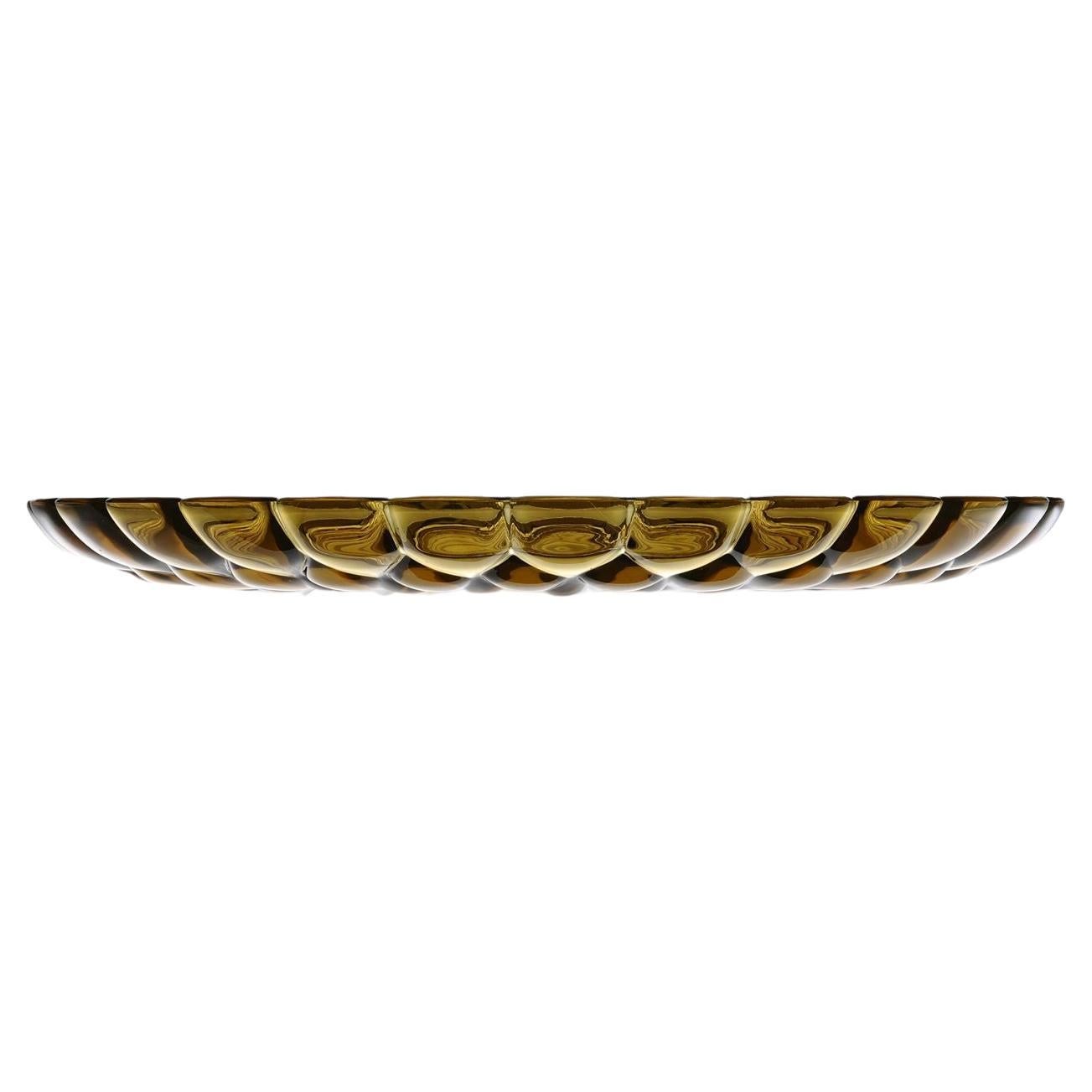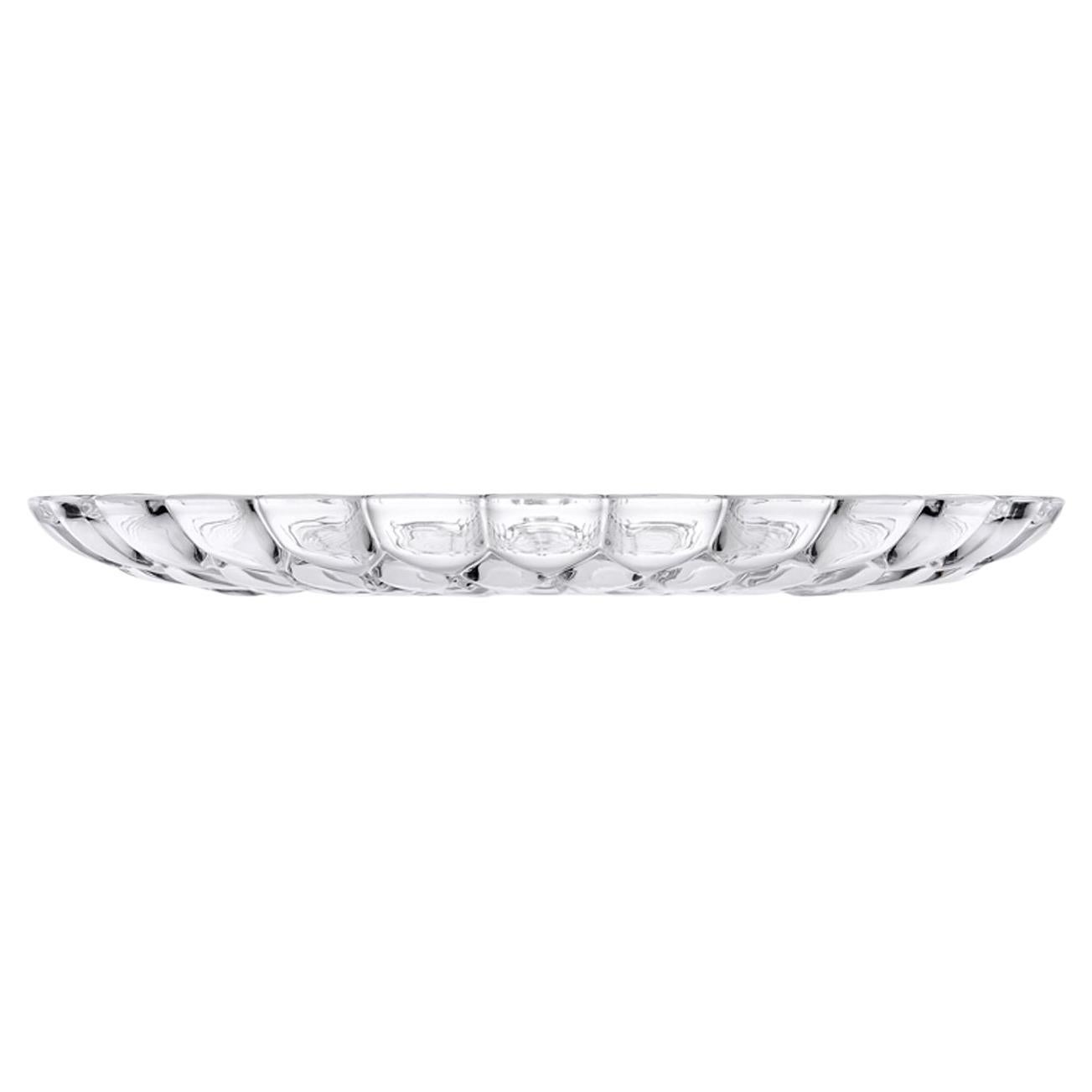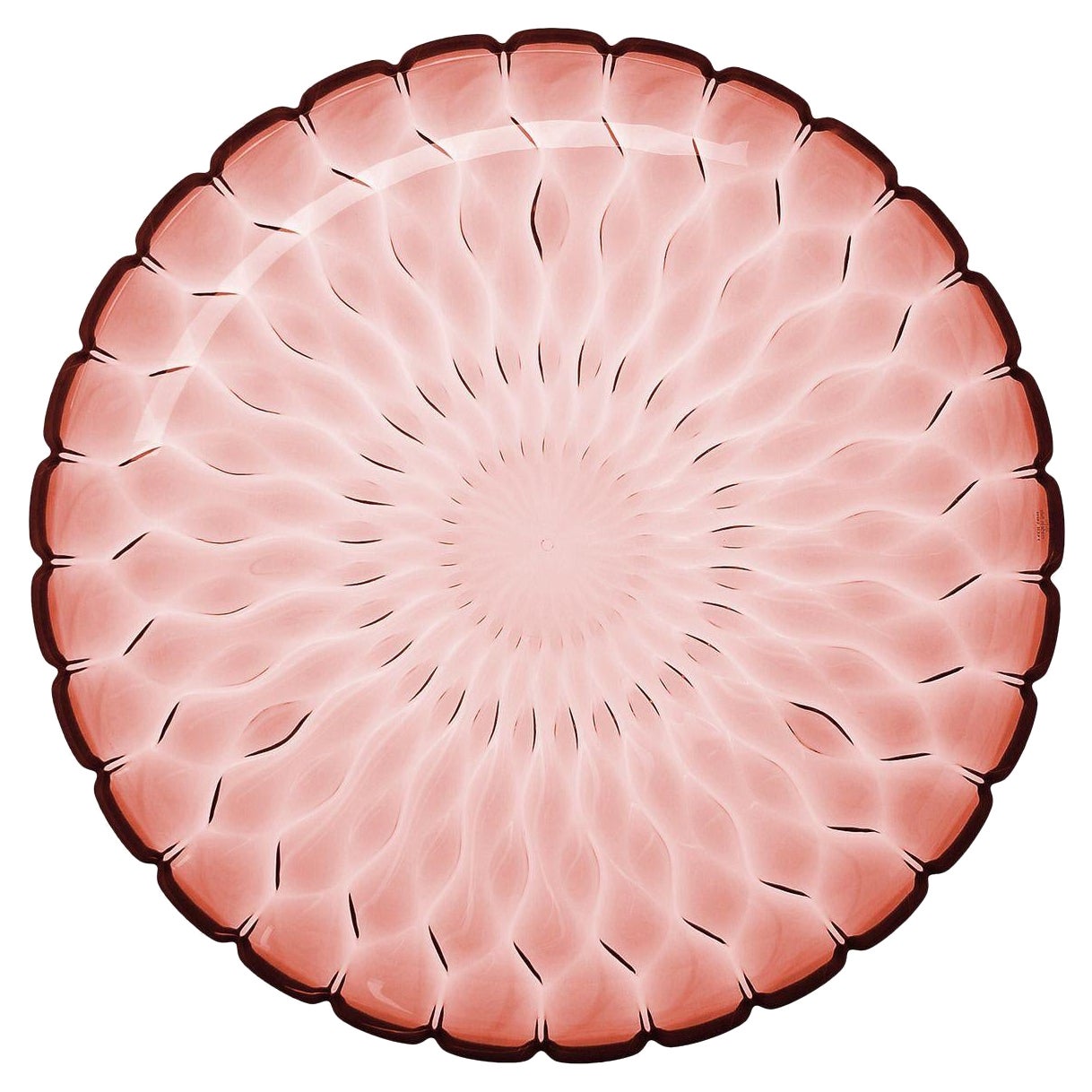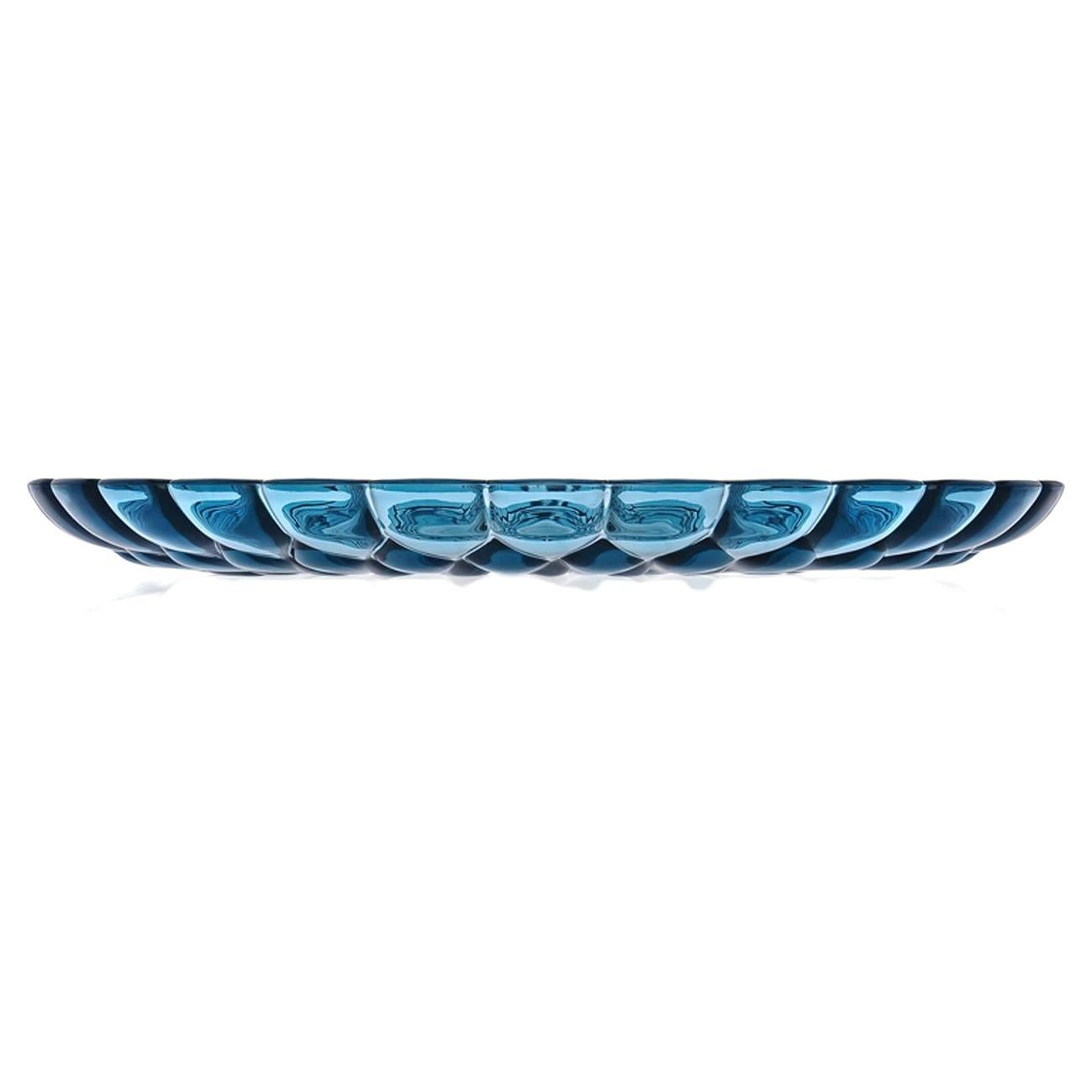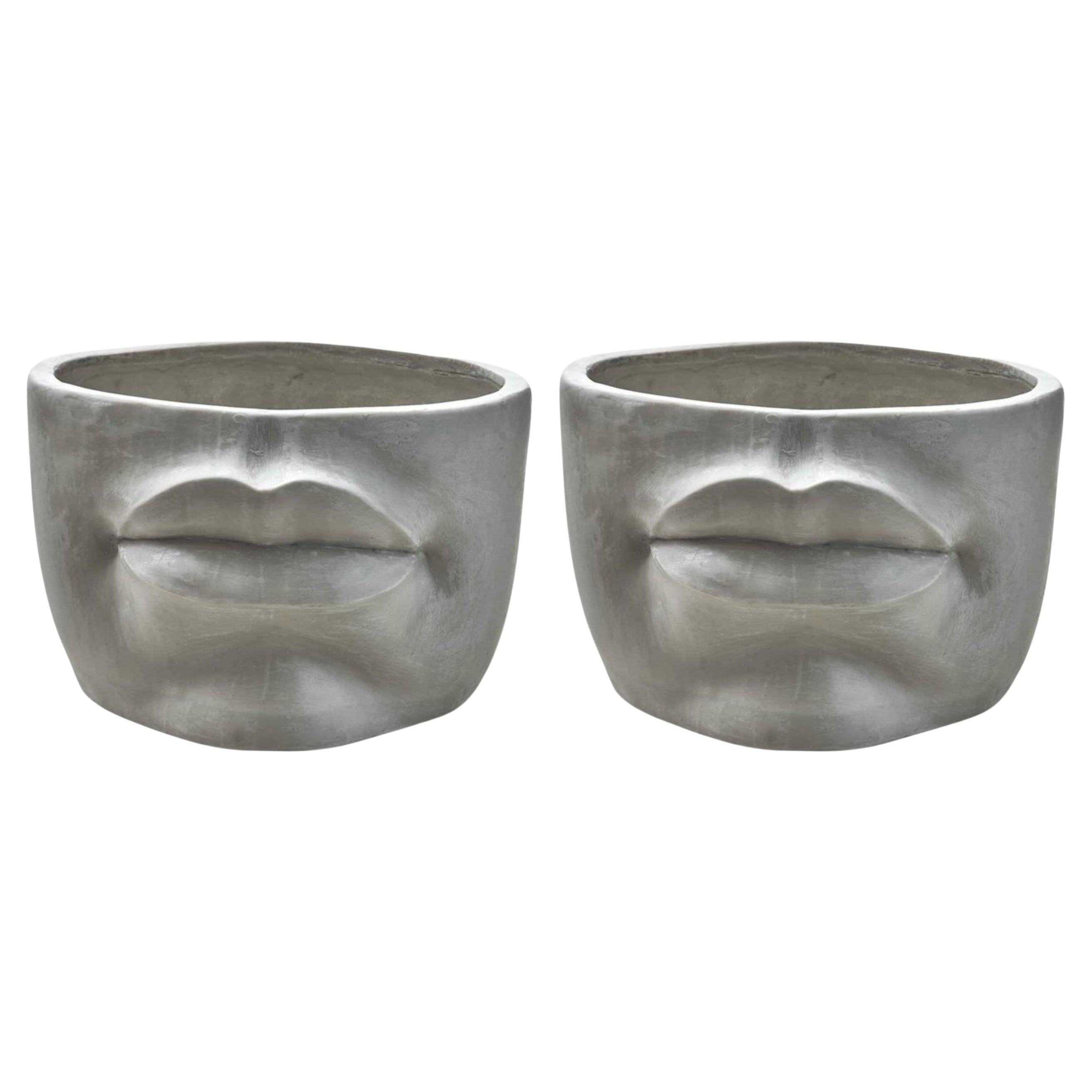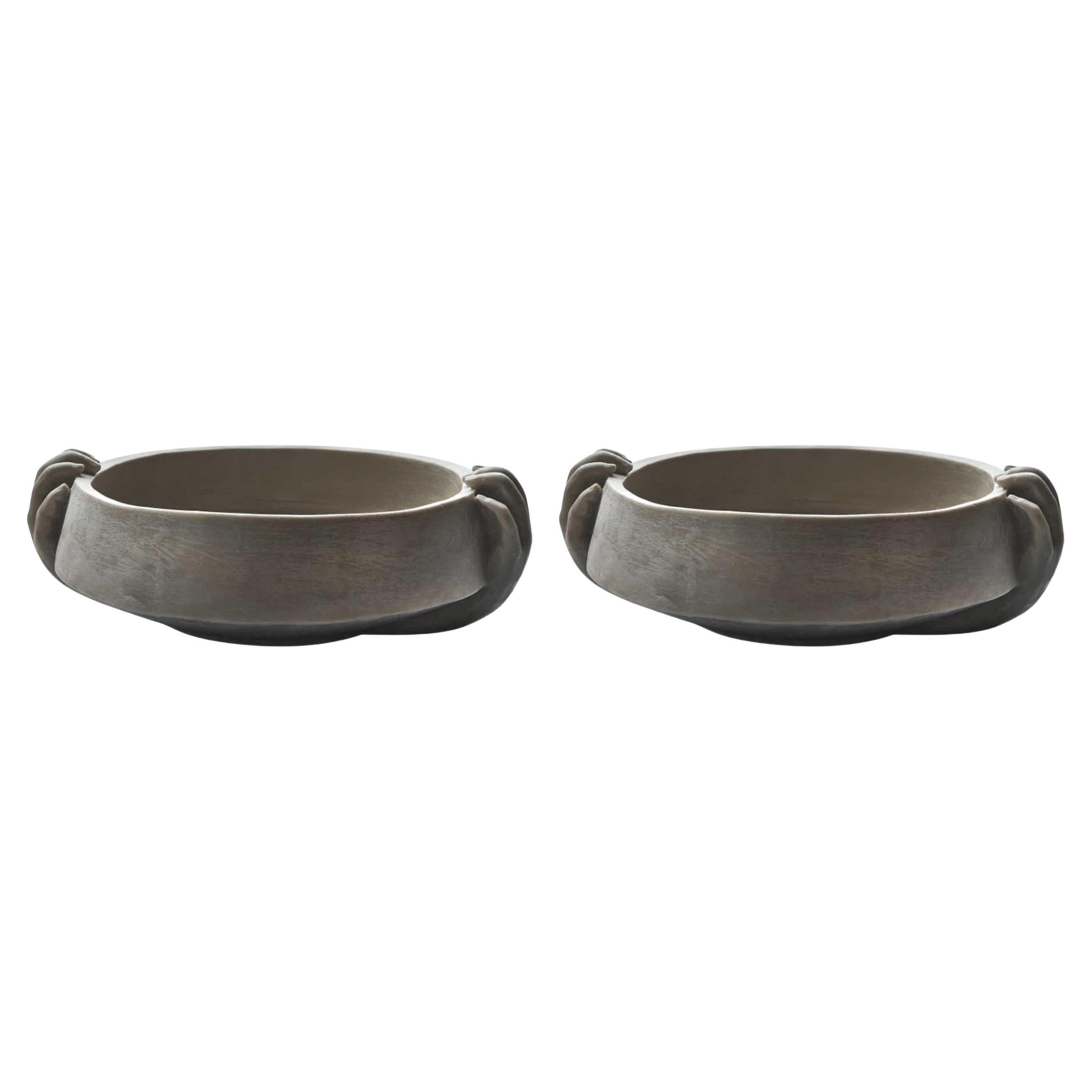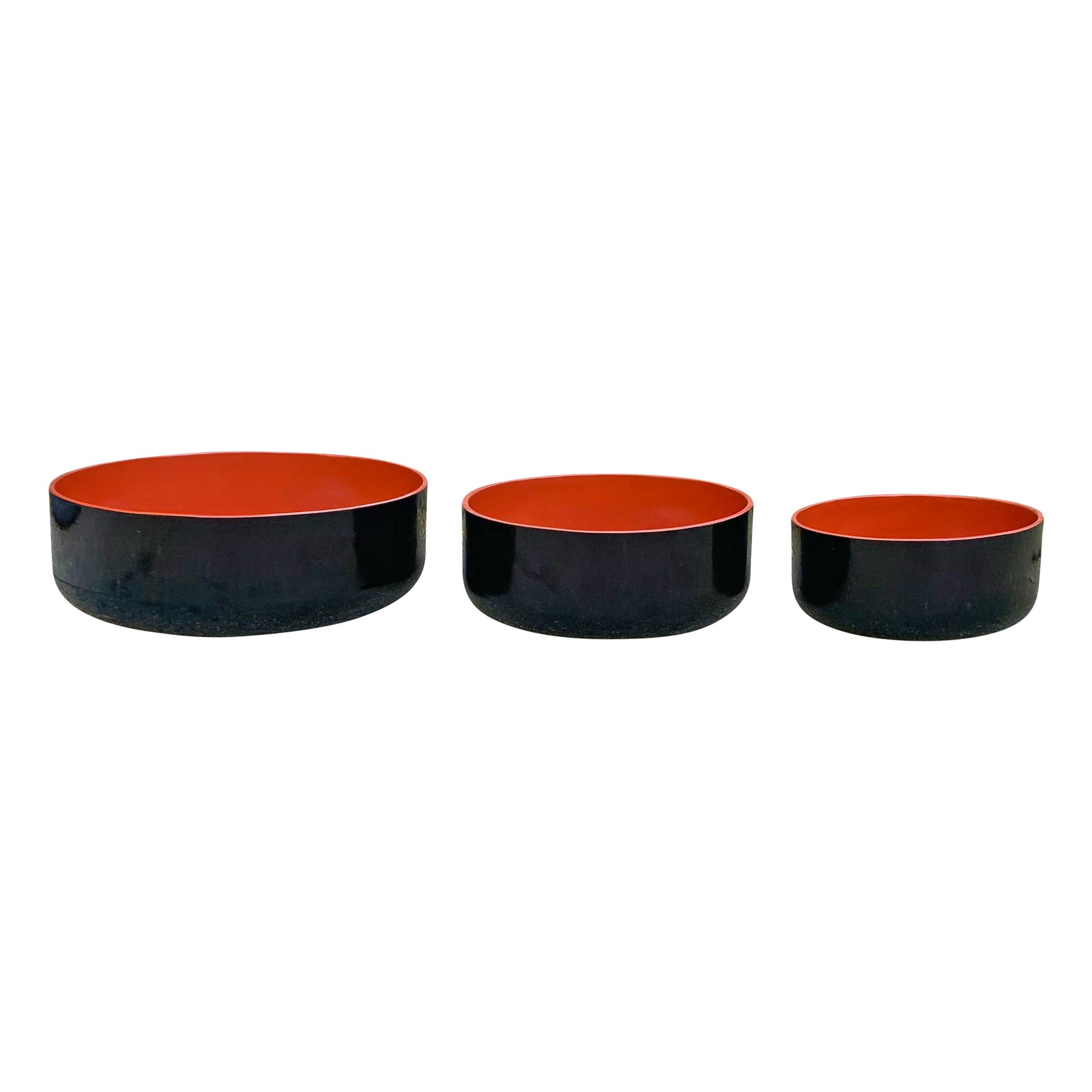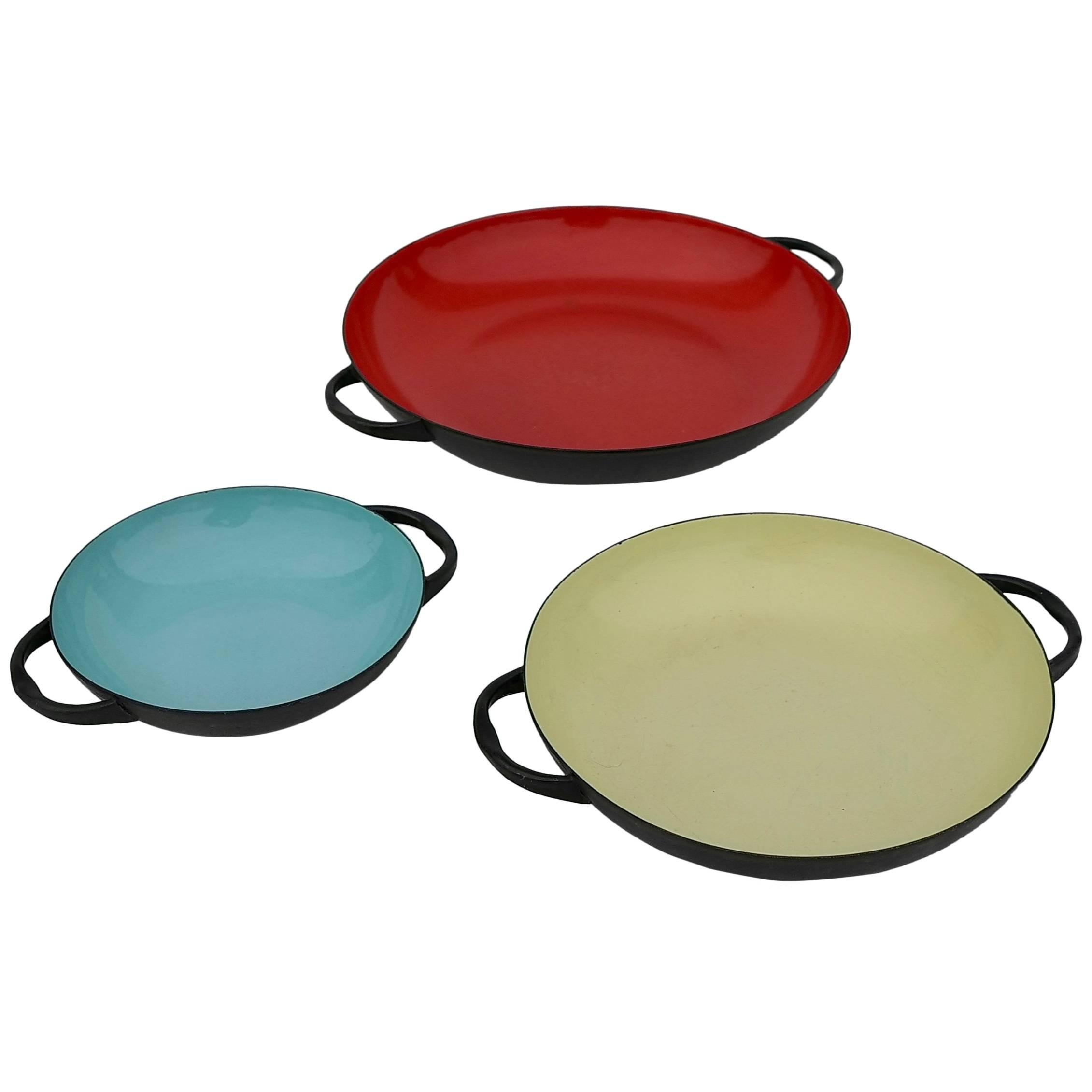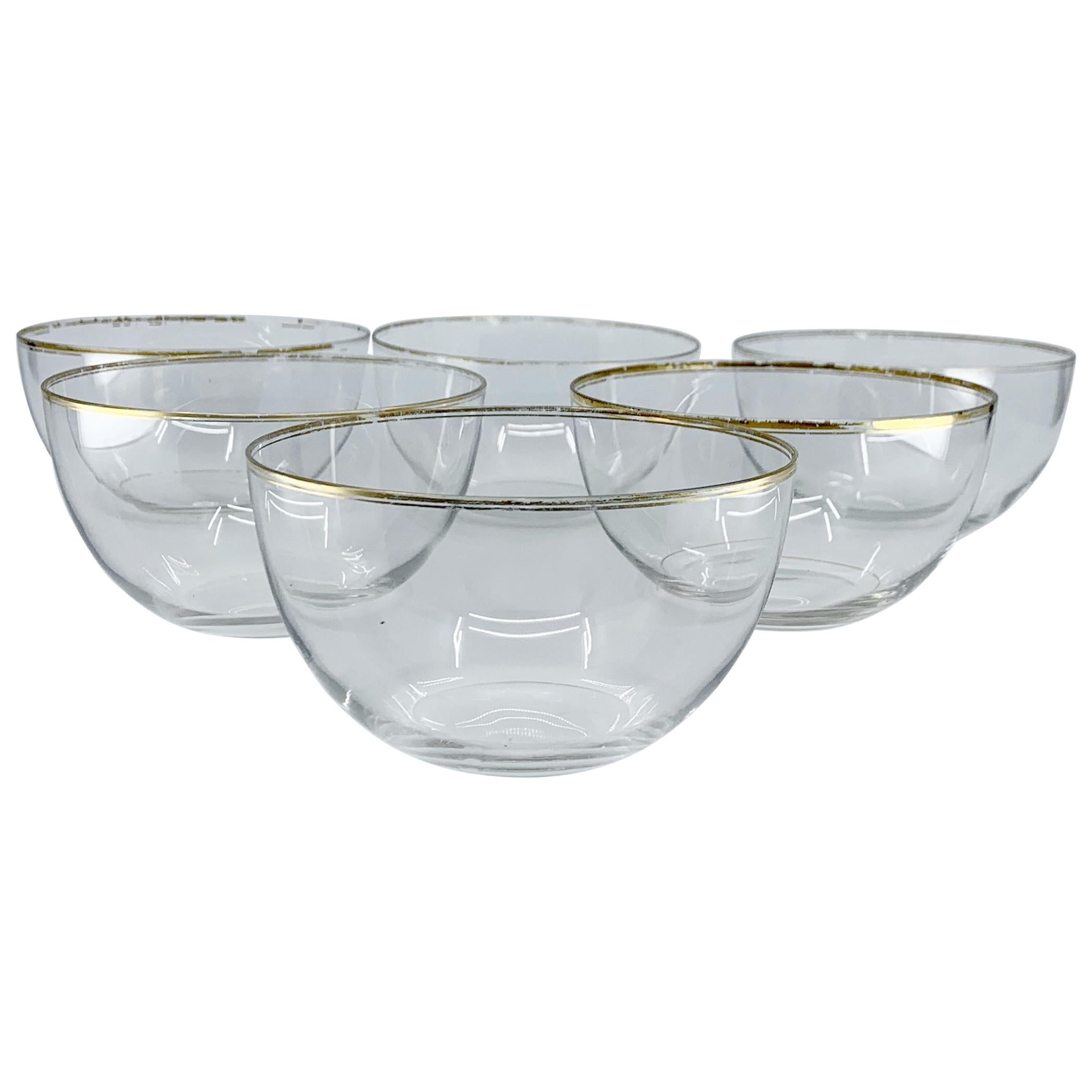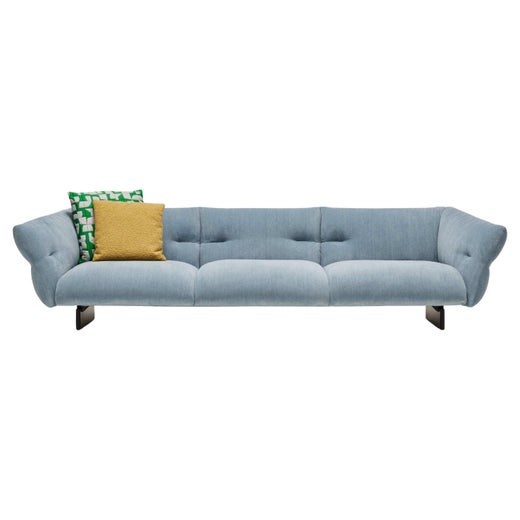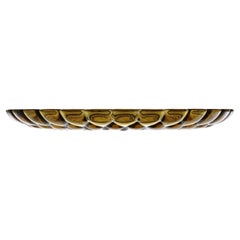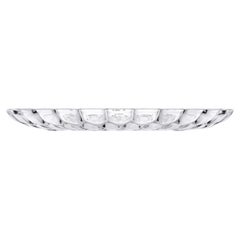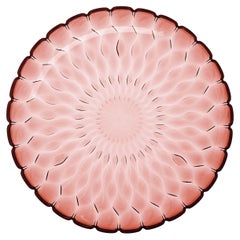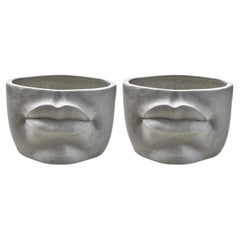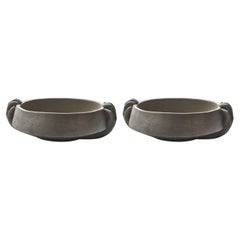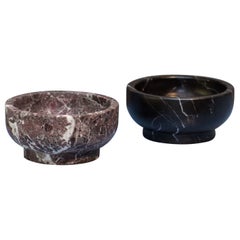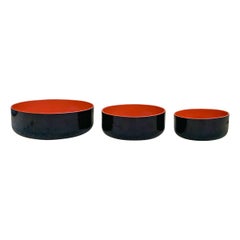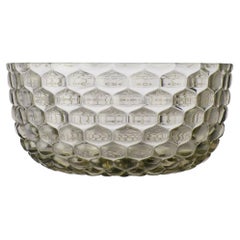
Set of 4 Medium Kartell Jelly Bowls in Green by Patricia Urquiola
View Similar Items
Set of 4 Medium Kartell Jelly Bowls in Green by Patricia Urquiola
About the Item
- Creator:Kartell (Manufacturer),Patricia Urquiola (Designer)
- Dimensions:Height: 2.5 in (6.35 cm)Width: 5.38 in (13.67 cm)Depth: 5.38 in (13.67 cm)
- Sold As:Set of 4
- Style:Modern (In the Style Of)
- Materials and Techniques:
- Place of Origin:
- Period:
- Date of Manufacture:Contemporary
- Production Type:New & Custom(Current Production)
- Estimated Production Time:Available Now
- Condition:
- Seller Location:Brooklyn, NY
- Reference Number:Seller: 1499/e21stDibs: LU4536232933912
Patricia Urquiola
Spanish-born, Milan-based architect Patricia Urquiola doesn’t lack for commissions these days, and, unlike the work of many other high-concept architects, her projects tend to get constructed, envelope-pushing though they sometimes are. And when she’s not imagining covetable creations for contemporary furniture houses — including B&B Italia, Driade and Cassina, where she was named art director in 2015 — Urquiola makes headlines by designing some of the world’s most aesthetically ambitious hotels, such as 2016’s Il Sereno on Lake Como in Lombardy, Italy.
Born in Oviedo, in northern Spain, Urquiola grew up in a family that valued creativity. Everyone in the house, she says, talked and cared about design. She fondly remembers her mother going to London in the 1960s and ’70s and coming back home with a Mary Quant this, a David Hicks that. When it came time to go to university, Urquiola decided that her place was architecture school, first at the Polytechnic University of Madrid and then at the Polytechnic University of Milan, where she completed her design thesis — a felt carpet with a panel that connected to a home’s electricity source and telephone line so that you could plug, say, a table lamp and your phone into it — under the direction of legendary Italian industrial designer Achille Castiglioni.
Today, Urquiola has become a go-to when it comes to avant-garde product, hospitality and retail design, working with such blue-chip international furniture, fashion and hotel companies as Alessi, Baccarat, Salvatore Ferragamo, Kvadrat, Mandarin Oriental, Panerai, Rosenthal, W Hotels and Louis Vuitton, among many others. Her residential projects, meanwhile, though few and far between, stretch from such far-flung locations as Punta del Este, Uruguay, and Melbourne, Australia, to closer-to-home Udine, in northeastern Italy, where she designed the two-story, largely open-plan glass-and-cedar home of Patrizia Moroso, creative director of the family-owned design company that bears her last name.
Over the course of a long-term and highly productive collaboration spanning some 20 years, Urquiola has created dozens and dozens of Moroso-branded products. A chair from her 2001 Fjord line of seating, tables and poufs for the company sits in the collection of New York’s Museum of Modern Art, and Moroso debuted (love me) Tender, her modular sofa system upholstered in jersey, during Milan’s Salone Internazionale del Mobile in April of 2014.
Find Patricia Urquiola furniture on 1stDibs.
Kartell
The Italian design giant Kartell transformed plastic from the stuff of humble household goods into a staple of luxury design in the 1960s. Founded in Milan by Italian chemical engineer Giulio Castelli (1920–2006) and his wife Anna Ferrieri (1918–2006), Kartell began as an industrial design firm, producing useful items like ski racks for automobiles and laboratory equipment designed to replace breakable glass with sturdy plastic. Even as companies like Olivetti and Vespa were making Italian design popular in the 1950s, typewriters and scooters were relatively costly, and Castelli and Ferrieri wanted to provide Italian consumers with affordable, stylish goods.
They launched a housewares division of Kartell in 1953, making lighting fixtures and kitchen tools and accessories from colorful molded plastic. Consumers in the postwar era were initially skeptical of plastic goods, but their affordability and infinite range of styles and hues eventually won devotees. Tupperware parties in the United States made plastic storage containers ubiquitous in postwar homes, and Kartell’s ingenious designs for juicers, dustpans, and dish racks conquered Europe. Kartell designer Gino Colombini was responsible for many of these early products, and his design for the KS 1146 Bucket won the Compasso d’Oro prize in 1955.
Buoyed by its success in the home goods market, Kartell introduced its Habitat division in 1963. Designers Marco Zanuso and Richard Sapper created the K1340 (later called the K 4999) children’s chair that year, and families enjoyed their bright colors and light weight, which made them easy for kids to pick up and move. In 1965, Joe Colombo (1924–78) created one of Kartell’s few pieces of non-plastic furniture, the 4801 chair, which sits low to the ground and comprised of just three curved pieces of plywood. (In 2012, Kartell reissued the chair in plastic.) Colombo followed up on the success of the 4801 with the iconic 4867 Universal Chair in 1967, which, like Verner Panton’s S chair, is made from a single piece of plastic. The colorful, stackable injection-molded chair was an instant classic. That same year, Kartell introduced Colombo’s KD27 table lamp. Ferrierei’s cylindrical 4966 Componibili storage module debuted in 1969.
Kartell achieved international recognition for its innovative work in 1972, when a landmark exhibition curated by Emilio Ambasz called “Italy: The New Domestic Landscape” opened at New York’s Museum of Modern Art. That show introduced American audiences to the work of designers such as Gaetano Pesce; Ettore Sottsass, founder of the Memphis Group; and the firms Archizoom and Superstudio (both firms were among Italy's Radical design groups) — all of whom were using wit, humor and unorthodox materials to create a bracingly original interior aesthetic.
Castelli and Ferrieri sold Kartell to Claudio Luti, their son-in-law, in 1988, and since then, Luti has expanded the company’s roster of designers.
Kartell produced Ron Arad’s Bookworm wall shelf in 1994, and Philippe Starck’s La Marie chair in 1998. More recently, Kartell has collaborated with the Japanese collective Nendo, Spanish architect Patricia Urquiola and glass designer Tokujin Yoshioka, among many others. Kartell classics can be found in museums around the world, including MoMA, the Victoria and Albert Museum and the Cooper Hewitt, Smithsonian Design Museum. In 1999, Claudio Luti established the Museo Kartell to tell the company’s story, through key objects from its innovative and colorful history.
Find vintage Kartell tables, seating, table lamps and other furniture on 1stDibs.
More From This Seller
View All21st Century and Contemporary Italian Modern Tableware
Resin, Plastic
21st Century and Contemporary Italian Modern Tableware
Resin, Plastic
21st Century and Contemporary Italian Modern Tableware
Resin, Plastic
21st Century and Contemporary Italian Modern Tableware
Resin, Plastic
21st Century and Contemporary Italian Modern Tableware
Resin, Plastic
21st Century and Contemporary Italian Modern Sofas
Fabric
You May Also Like
2010s Colombian Post-Modern Decorative Bowls
Stone
2010s Colombian Post-Modern Decorative Bowls
Stone
2010s Italian Modern Decorative Bowls
Marble
Mid-20th Century Chinese Mid-Century Modern Decorative Bowls
Wood
Vintage 1950s Danish Mid-Century Modern Serving Bowls
Enamel
Early 20th Century French Art Deco Serving Bowls
Glass
